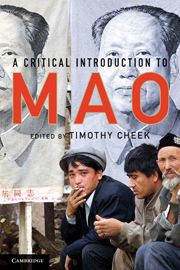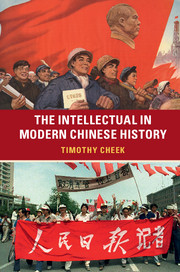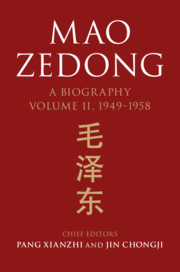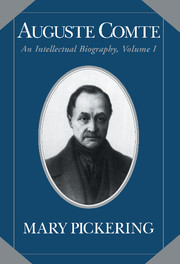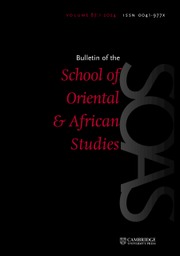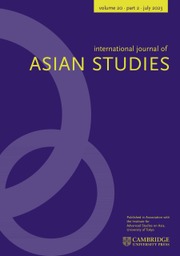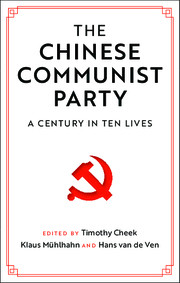A Critical Introduction to Mao
Mao Zedong’s political career spanned more than half a century. The ideas he championed transformed one of the largest nations on earth and inspired revolutionary movements across the world. Even today Mao lives on in China, where he is regarded by many as a near-mythical figure, and in the West, where a burgeoning literature continues to debate his memory. In this book, leading scholars from different generations and around the world offer a critical evaluation of the life and legacy of China’s most famous – some would say infamous – son. In the first section, chapters explore the historical and political context of Mao’s emergence as a young man and revolutionary in the early twentieth century. Through this period it is possible to examine the nature of Mao’s ideology in its purest form and to see why it was attractive to so many. This section also chronicles the main events of his life and individual aspects of that life: his key relationships with allies and foes, his followers and his public persona, his philosophy, and his relationship with women. In the final part, chapters debate the positive and negative aspects of his legacy; in China Mao has become a metaphor for the promises and betrayals of the twentieth century, in developing countries he remains a beacon of revolutionary hope for some, and in the West Mao continues to be the mirror of our hopes and fears. The book brings the scholarship on Mao up to date, and its alternative perspectives equip readers to assess for themselves the nature of this mercurial figure and his significance in modern Chinese history.
- Engaging and comprehensive introduction for students and non-specialists to one of the most important political figures of the twentieth century
- Notable and influential scholars from across the generations debate and discuss Mao's life, his work and his legacy
- Complete with photographs, a map, a timeline and suggested readings
Reviews & endorsements
"It is important to understand Mao, and this book makes a contribution to such understanding."—Hong Kong Economic Journal
"Timothy Cheek’s anthology 'A Critical Introduction to Mao' attest[s] to the difficulty of definitively fixing Mao’s image, a project that amounts to writing a history of China’s present.... The most stimulating chapters in the academic collection... discuss Mao's "Sinification" of a European tradition of revolution."—The New Yorker
"The chapters in Cheek’s collection contribute to an understanding of Mao Zedong that is as messy and complex as it is compelling. The text, moreover, encourages readers to engage the problem of knowing the historical Mao, while reminding the reader of the equal importance of Mao’s ahistorical legacy." - Brian J. DeMare, Tulane University, Twentieth Century China and The China Beat
Product details
August 2010Hardback
9780521884624
392 pages
235 × 158 × 25 mm
0.65kg
16 b/w illus. 2 maps
Available
Table of Contents
- Part I. Mao's World:
- 1. Mao, revolution, and memory Timothy Cheek
- 2. Making revolution in twentieth-century China Joseph Esherick
- 3. From urban radical to rural revolutionary: Mao from the 1920s to 1937 Brantly Womack
- 4. War, cosmopolitanism, and authority: Mao from 1937 to 1956 Hans J. van de Ven
- 5. Consuming fragments of Mao Zedong: the chairman's final two decades at the helm Michael Schoenhals
- 6. Mao and his followers Frederick C. Teiwes
- 7. Mao, Mao Zedong thought, and communist intellectuals Hung-yok Ip
- 8. Gendered Mao: Mao, Maoism, and women Delia Davin
- 9. Mao the man and Mao the icon Daniel Leese
- Part II. Mao's Legacy:
- 10. For truly great men, look to this age alone: was Mao Zedong a new emperor? Geremie Barme
- 11. Recent Mao Zedong scholarship in China Xiao Yanzhong
- 12. Third world Maoism Alexander Cook
- 13. Mao's journeys to the west: meanings made of Mao Charles W. Hayford
- 14. Two perspectives on Mao Zedong Jiang Yihua and Roderick MacFarquhar.

